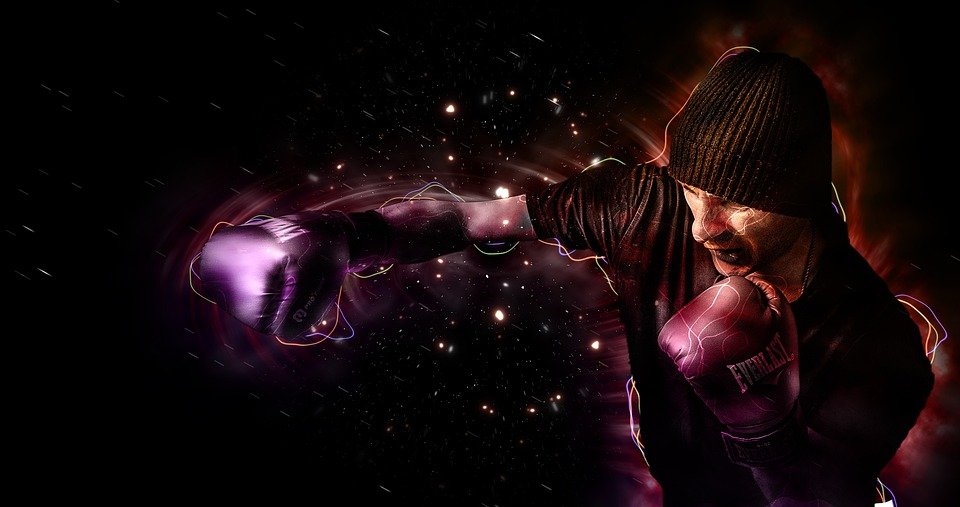Mixed Martial Arts (MMA) has surged in popularity over the past two decades, transforming into a global phenomenon that captivates millions. While fans cheer and analyze dramatic fights within the octagonal cage, few truly grasp the grueling journeys and complex lives of the warriors who compete at the pinnacle of this sport. "Warriors of the Octagon" takes an in-depth look into the multifaceted lives of these fighters, revealing the triumphs, struggles, and human stories behind the athletic prowess.
The Road to the Octagon
Becoming an MMA fighter often starts long before the first bout. Many fighters are drawn to martial arts during childhood, fostering a passion that evolves into a career. For instance, fighters like Amanda Nunes and Jon Jones began their training in disciplines such as jiu-jitsu and wrestling at a young age, laying the groundwork for their future success.
Others come from unconventional backgrounds; some athletes have backgrounds in other sports, while others emerge from challenging environments that serve as both context and motivation. The road to the octagon can be grueling and requires immense dedication. Training regimens are typically intensive, incorporating strength conditioning, sparring sessions, and technical drills across various martial arts styles. Fighters often spend years honing their craft, enduring physical and mental challenges that surpass the demands of many professional sports.
Life Beyond the Cage
Success in the octagon often comes with substantial financial rewards, but not all fighters enjoy this benefit. Many MMA fighters face financial instability, especially in the early phases of their careers. Sponsorship deals and fight purses can vary drastically, and without consistent bouts, it can be difficult to make a sustainable living. The UFC, the largest global promotion in MMA, has made strides to improve fighter pay, but the disparity between star athletes and up-and-coming contenders remains significant.
Additionally, the life of an MMA fighter is fraught with physical and emotional challenges. Injuries are a common aspect of the sport; fighters often sustain serious injuries that can have long-lasting impacts. These injuries require not only physical rehabilitation but also mental resilience. Many fighters experience the psychological toll of competition, including anxiety, depression, and the pressure to maintain peak performance. To combat these issues, some fighters have turned to mental coaches or sports psychologists to enhance their mental game and recover from setbacks.
The Cult of Personality
In the world of MMA, fighters often become larger-than-life figures, thanks to their personas both inside and outside the cage. Stars like Conor McGregor and Ronda Rousey have captured the public’s imagination not just through their fighting abilities but also through their charisma, flair for promotion, and engaging storylines. Many fighters cultivate a strong social media presence, sharing their lives, training regimens, and personal stories with fans, further enhancing their public personas.
The influence of social media cannot be underestimated, as it allows fighters to connect with followers and create communities around their brands. Yet, with this fame comes criticism and scrutiny. Fighters must navigate the complexities of public life and the pressure to maintain an image while balancing their private selves.
The Legacy of Fighters
For many fighters, the goal extends beyond mere fame or financial success; it is about establishing a legacy. Fighters like Georges St-Pierre and Khabib Nurmagomedov have left indelible marks on the sport, not only through their victories but also through their dedication to martial arts principles. They train young fighters, promote healthy lifestyles, and give back to their communities.
The camaraderie among fighters is also noteworthy. The fight game is filled with rivalries, but it also fosters deep friendships formed in the trenches of training camps and during the shared experiences of competition. This brotherhood can provide invaluable support systems, helping fighters navigate the tumultuous nature of their careers.
Conclusion
"Warriors of the Octagon" is an exploration of the multifaceted lives of MMA fighters—individuals who dedicate their lives to mastery of their craft, risk their health in pursuit of success, and often bear the weight of public scrutiny. While they embody the spirit of competition and athleticism in the octagon, it is essential to recognize their humanity outside of it. Understanding the sacrifices, struggles, and triumphs of these athletes enhances our appreciation for the sport, reminding us that the octagon is not merely a battleground but a stage for human resilience and determination. As the sport of MMA continues to evolve, so too will the stories of its warriors, inspiring future generations along the way.






